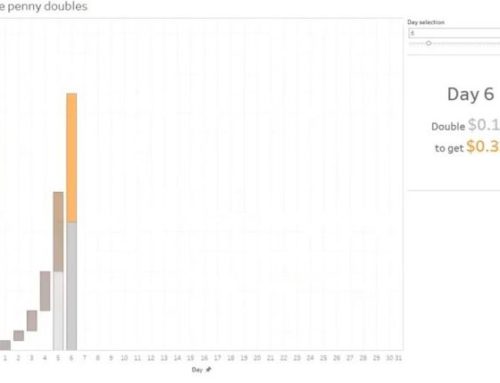What’s Going to Happen when the Clinics Close?
I’ve had a lot of conversations this past week regarding my data visualization tracking STDs, HIV, and AIDS in Texas from 2006 to 2010 (see http://bit.ly/r57qeR.)
One of the bigger questions that may have been overlooked in my accompanying blog post is what is going to happen over the next two years as state budget cuts take effect? Consider the chart below that shows the increase in reported STD cases over the past five years.
Granted, combining Chlamydia, Gonorrhea, Syphilis, and HIV into one lump and not taking overall population growth into account may be misleading, so consider the chart below that shows the number of STDs and HIV cases, incident rates, and percentage changes from 2006 to 2010.
Even without drilling very deep it looks like Texas is having a lot of trouble just containing the spread of STDs and HIV. To be fair, one of the reasons the number of Chlamydia cases has increased so much is that the Texas department of State Health Services has adopted new technology and screening techniques which in turn has led to much better detection and reporting.
That said, we pretty much see all the trend lines moving upward.
So why should we be very worried?
The numbers shown above reflect a state healthcare system that had previously budgeted over $50 million per year for family planning initiatives, including education, screening, and treatment for STDs and HIV / AIDS. These funds have been severely cut (see http://www.texastribune.org/texas-legislature/82nd-legislative-session/day-15/.)
So, what’s going to happen when clinics close and those clinics that do remain open have to cut staff and shorten office hours?
(To explore the interactive visualizations, click here.)








